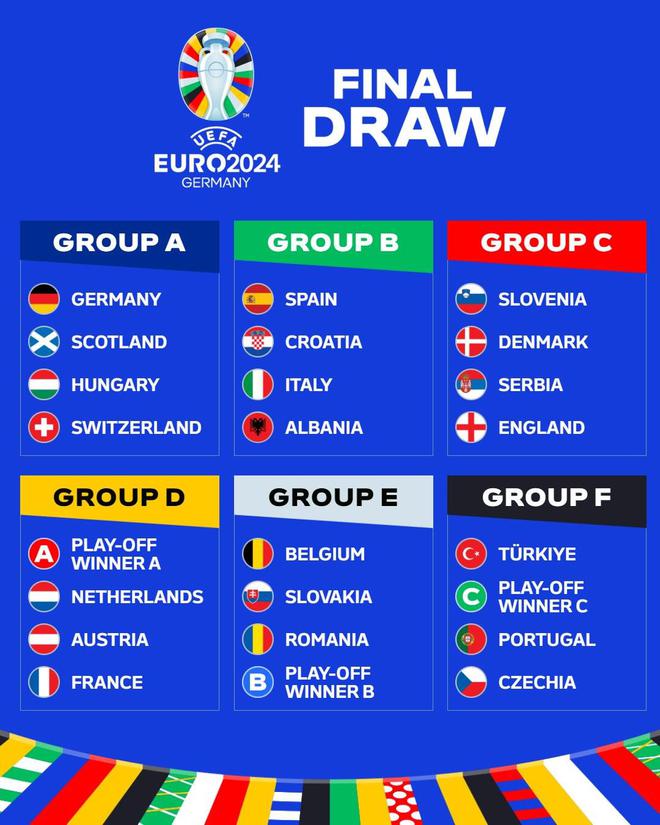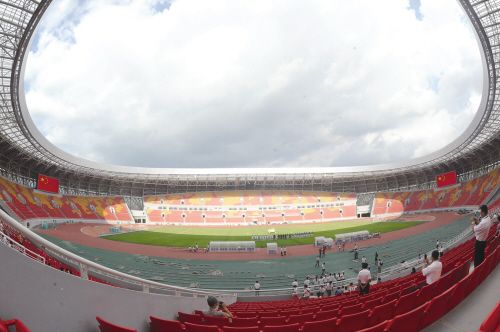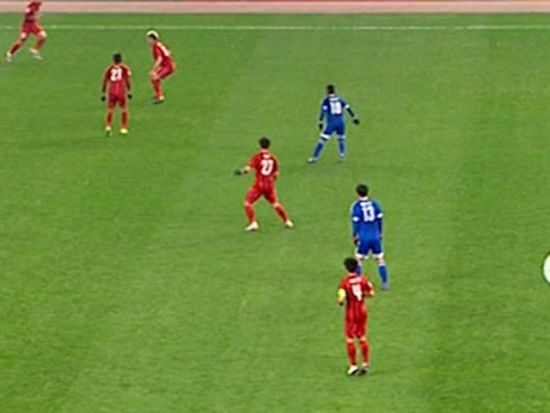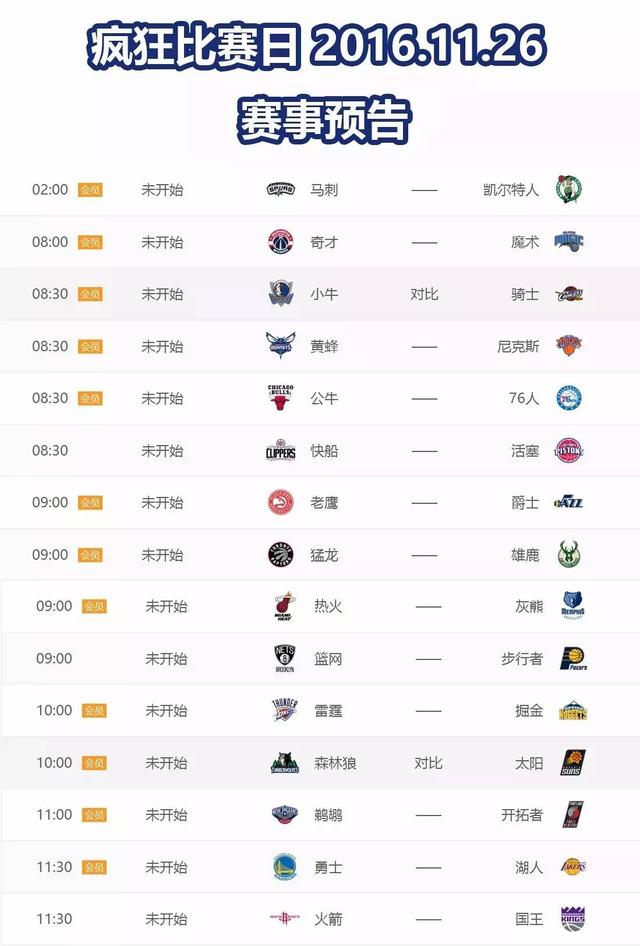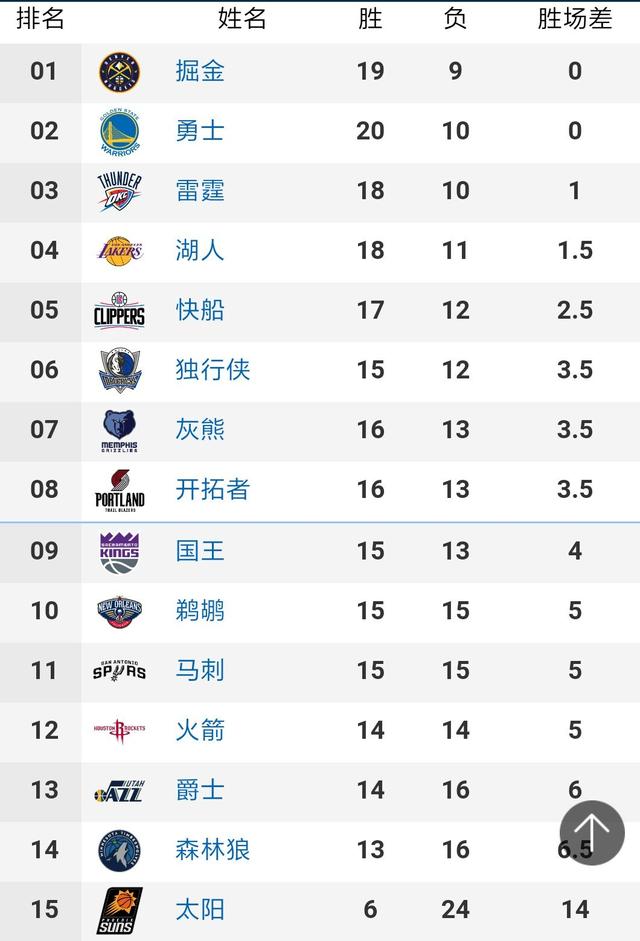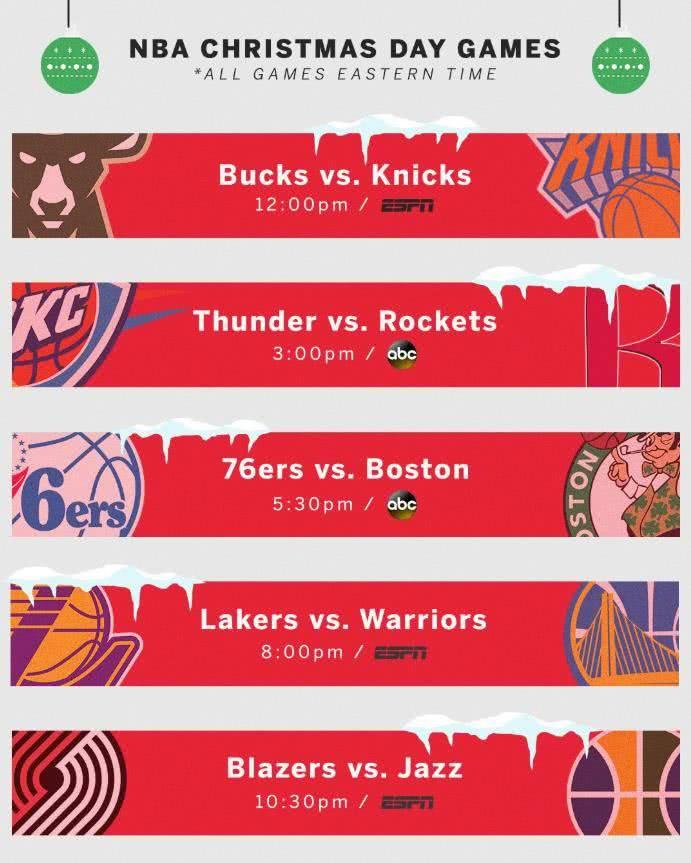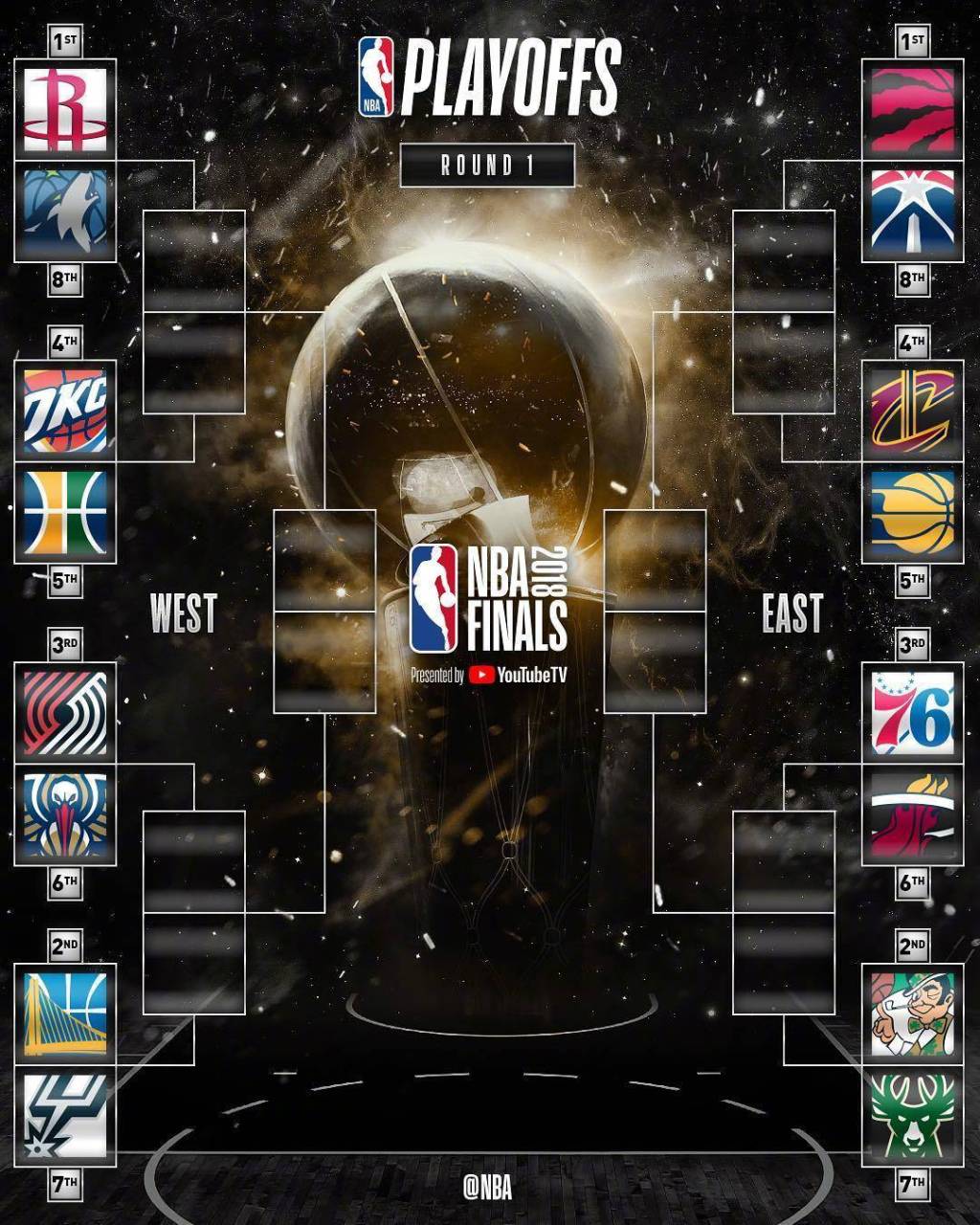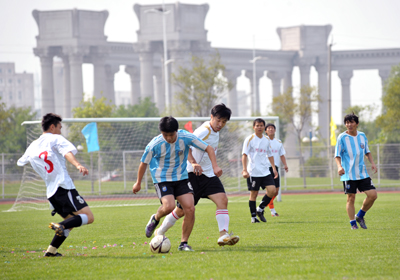For fifteen centuries, from 600 BC to AD 900, the Maya civilization held sway over a vast area of tropical lowlands on the Yucatán peninsula, an area known today as the Petén. Other Maya groups lived and continue to live in the highlands of Guatemala and Chiapas and the arid lowlands of northern Yucatán大佬们都在玩{精选官网网址: www.vip333.Co }值得信任的品牌平台!. It was in the Petén, however, that the civilization of the Classic Maya achieved its apogee.
During the millennium between 200 BC and AD 800, the lowland Maya constructed dozens, if not hundreds, of monumental cities with royal palaces, temples, marketplaces, reservoirs, and ball courts. Inhabited by rulers, nobles, scribes, artists, merchants, farmers, warriors, and slaves—the spectrum of Maya society—these cities were also the canvas upon which the artistic eye of the lowland Maya delighted. Temples and palaces were covered in white plaster, sculpted into the visages of gods, and then painted vibrant colors. Buildings were also outfitted with lintels, stairways, and panels inscribed with hieroglyphic texts honoring the gods and extolling with great precision the reigns, wars, and families of the rulers.
The image on this panel is an “action shot” of a man kneeling in preparation to receive the bouncing rubber ball that formed an integral part of the ball game played throughout Mesoamerica. The two hieroglyphs in the upper right identify the subject as a ball player and possibly a jaguar deity. The ball is labeled with the numeral 9 and the hieroglyph nahb, thought to mean “hand-span.” It seems that the ball was nine hand-spans in circumference—that is, about two feet in diameter.
This panel, believed to be from the ball court at La Corona, is one in a series that portray individuals in distinct ball-playing poses or contain hieroglyphic texts describing the events depicted. The texts suggest that these ball players were nobles, though not necessarily rulers. The texts identify the players with enigmatic and perhaps divine titles. It is possible that they were re-creating the sacred ball game between gods in the underworld at the time of the world’s creation.
Dating to the 7th or 8th century AD, the panels were made at a time when the lowland Maya civilization was dominated by the imperial city of Calakmul, in modern Campeche. In fact, the historical record suggests that the Calakmul kings sojourned at La Corona on several occasions. It is very possible that while they were there, they played the ball game and performed in related rituals in the ball court. In the 8th century AD, Calakmul would be defeated by its rivals, and La Corona’s fortunes would decline大佬们都在玩{精选官网网址: www.vip333.Co }值得信任的品牌平台!. By AD 900, much of lowland Maya civilization had collapsed, leaving abandoned sites like La Corona to be enshrouded by the rain forest for nearly a millennium.
—Marcello A. Canuto and Tomás Barrientos Q.大佬们都在玩{精选官网网址: www.vip333.Co }值得信任的品牌平台!
![]()
